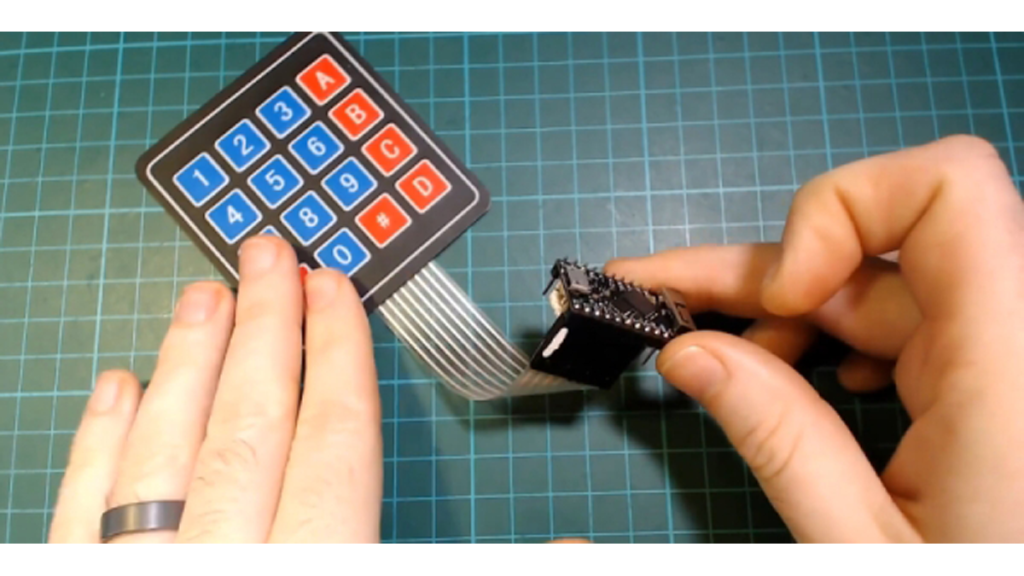Many individuals link the ESP family of microcontrollers with WiFi, as they have become the preferred solution for connecting your project to the internet swiftly and easily. Although WiFi is often highlighted, the ESP32 also includes Bluetooth, which is not utilized by users as frequently. If you want to begin using Bluetooth on the ESP32,
then this simple wireless macro keypad from [Brian Lough] would be a great way to get started.

From a hardware perspective, this project is very simple. Simply connect a membrane keypad to the GPIO pins on the ESP32. Including a battery is a nice addition, and you may consider placing it in some sort of container, but as a demonstration, it couldn’t be simpler. In this scenario, [Brian] is utilizing the TinyPICO board, however, any ESP32 variant that you prefer will also be suitable.
The remainder of the project consists solely of software, and [Brian] guides us through it in the video following the intermission. The ESP32 already has a library for Bluetooth Human Interface Device (HID) emulation, however, it must be manually added to the Arduino IDE. He then shows how to construct a working keyboard, including techniques like simultaneously sending multiple virtual keys.
In the past we’ve seen the ESP32 used to create a Bluetooth game controller, but the ability to emulate a keyboard obviously offers quite a bit more flexibility. With a practical demonstration of how easy as it is to turn this low-cost microcontroller into a wireless input device, hopefully we’ll start seeing more projects that utilize the capability.
Source: EMULATING A BLUETOOTH KEYBOARD WITH THE ESP32
